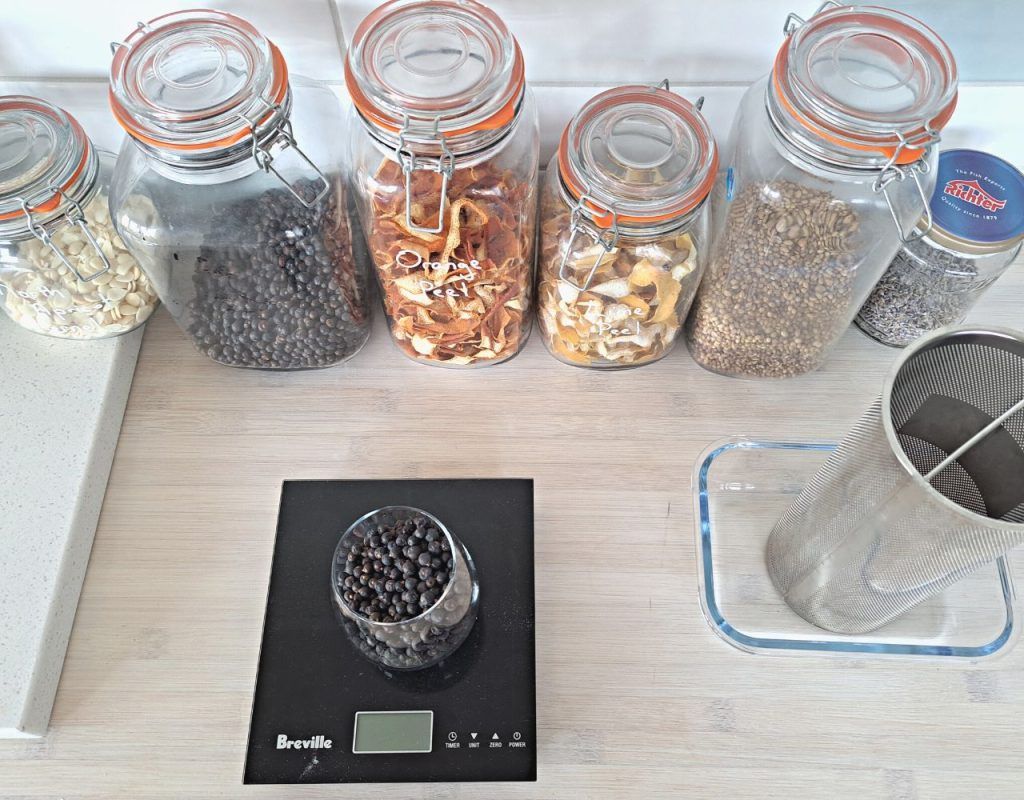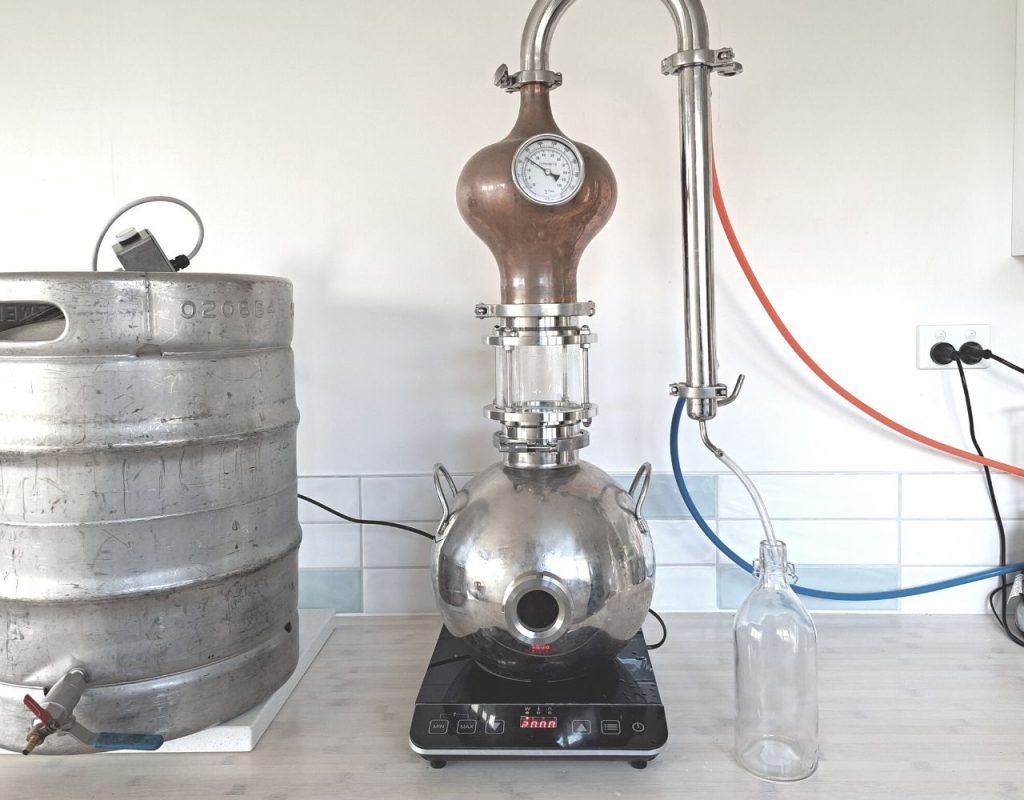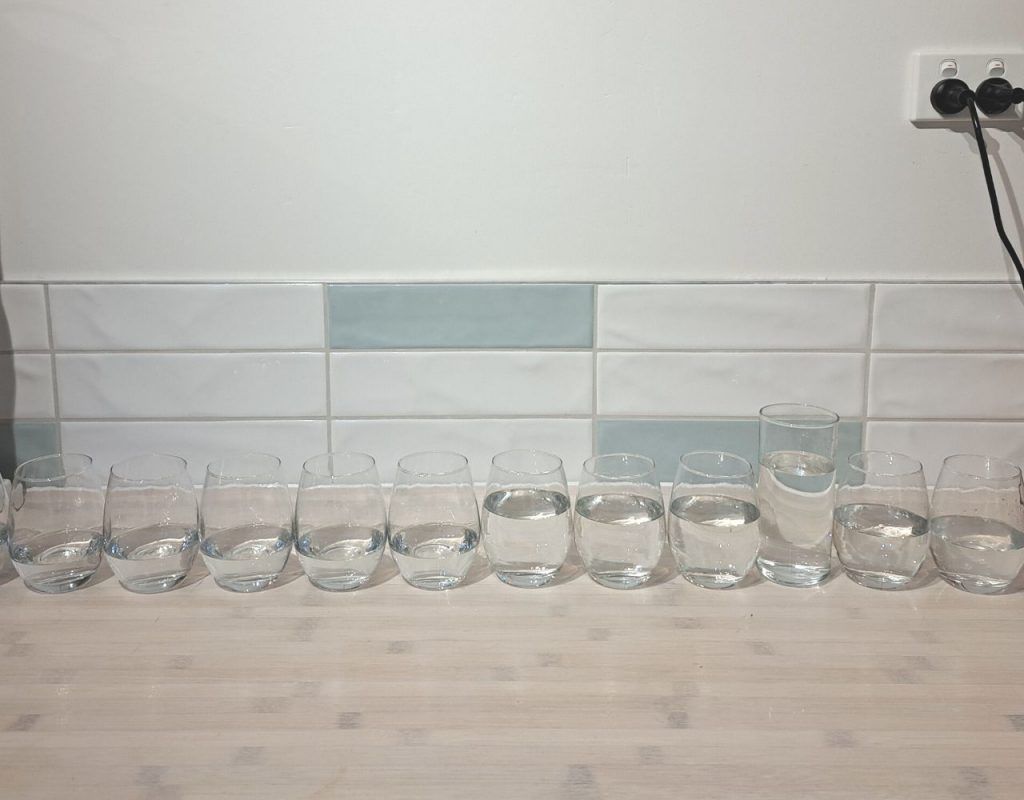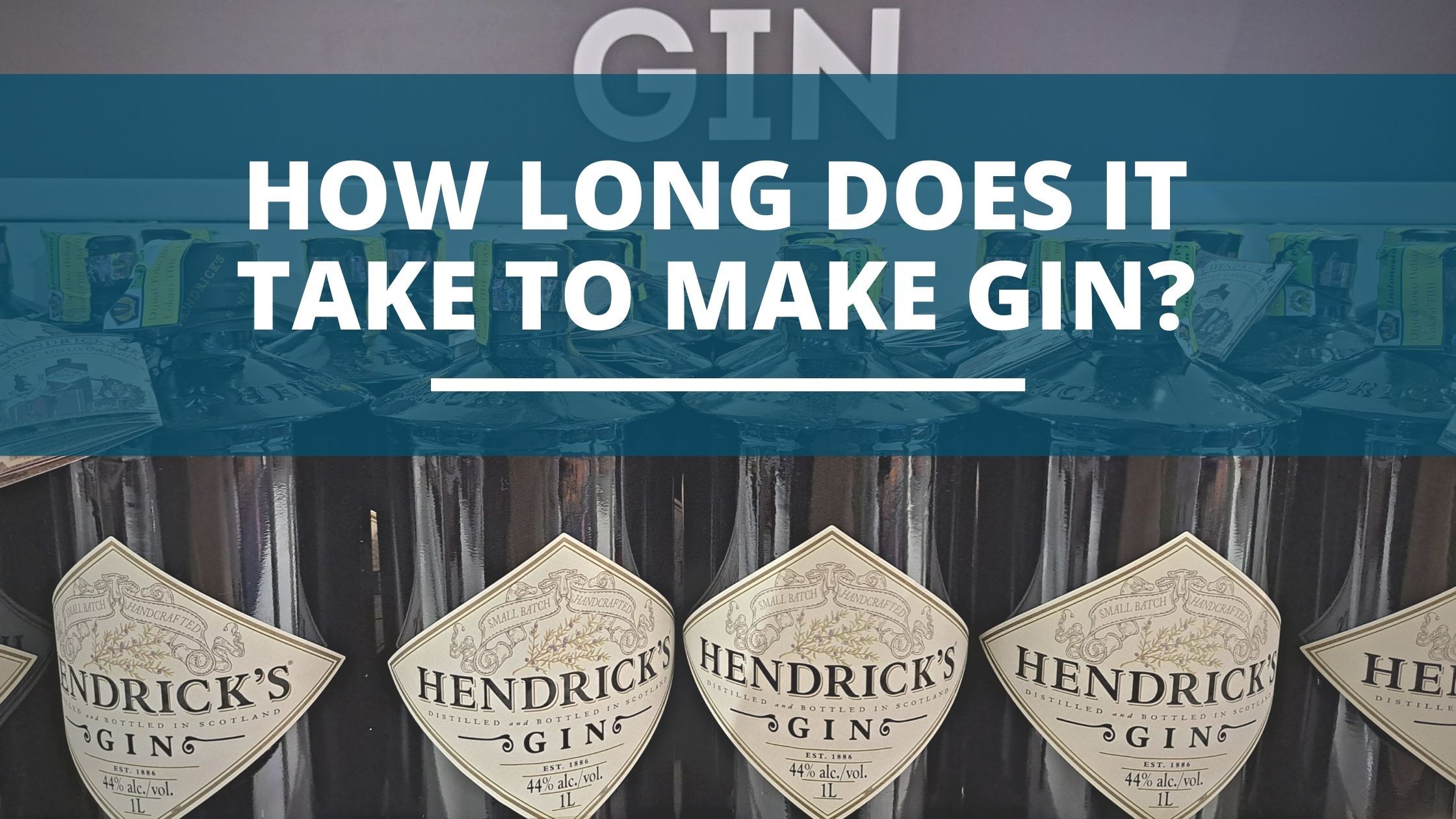Gin
How Long Does It Take To Make Gin? (Explained!)
Making gin requires both precision and an element of creativity to produce a consistent batch continuously. And depending on the techniques a distiller decides to employ, the time it takes to churn out ready-to-drink bottles varies.
Because gin doesn’t need to be aged, a bottle can be distilled and drunk on the same day. This does however depend if the distillery already has a neutral base spirit (vodka) or if they need to make that from scratch too. If making the base, the process may take an additional 3 weeks for fermentation and precursory distillations. Including the time taken for blending, bottling, packaging, and distribution, a bottle of gin at the shop can be less than 6 weeks old.
This article discusses each step involved, so you’ll have an idea of how long it takes to make gin.
Read More: In this guide we explain the steps to making your own gin at home.
Table of Contents
Summary: How Long It Takes To Make A Bottle Of Gin
Distillers use various processes and methods to make gin, and these determine how long it takes to make a bottle. These include preparing the base spirit and botanicals, distillation, bottling, and distribution. The following is an explanation of each of these steps.
| Process Step | Time Taken |
|---|---|
| Making the base alcohol | 7-14 days for fermentation and reflux distillation |
| Preparing the ingredients | Overnight for maceration, so same day for vapor infusion |
| Distilling the gin | Approximately 4- 12 hours depending on the size of the still and volume being made |
| Blending and cutting | 30 minutes to cut and proof |
| Maturation | From 1 week to 4 months |
| Bottling | Depends on the scale of the operation |
| Distribution | Depends on the scale of operation |
1. Preparing The Base Alcohol
The first step to making gin involves making base alcohol. Distillers have two options to achieve this: making their own or buying it.
Option 1: The distillery makes their own base alcohol
The base alcohol is made by fermenting grains – often corn, and then distilling the wash. Fermentation can take anything from 7 to 14 days, depending on the climate and the type of yeast used.
If you’re planning on producing multiple batches of gin, making a wash from scratch and then distilling it can be time and financially consuming. This is because you might have to make several washes to obtain the amount of neutral base spirit you want to use.
Option 2: The distillery buys in their base alcohol
Using neutral spirit as a base for making gin is often a cost-effective alternative. Most gin makers prefer it because it has no odor or flavor and saves time by eliminating the need to ferment and distill multiple batches.
This also makes it easier for the distiller to add the botanicals, redistill the decoction, and have a bottle of gin ready on the same day.
2. Preparing The Botanicals
A gin’s botanical blend varies from one to another. However, juniper is the main ingredient. To this, distillers add citrus, angelica root, coriander, and cardamom.
There are two main ways of readying these botanicals so their flavors can be imparted in the final spirit; by maceration or vapor infusion. Maceration is a process of infusing the botanicals in a neutral spirit and allowing the spirit to draw out the flavors overnight. Then the mixture is watered down to 40% ABV, added to the boiler, and distilled.
During vapor infusion, the botanicals are added to a gin basket that’s hung on the neck of the still. The vapors from the boiler interact with the botanicals and carry the flavors through the condenser into collecting jars. The method used depends on the flavor profile the distiller is trying to achieve.
Maceration produces gin that’s more rounded and deep in flavor. Vapor infusion yields a lighter, brighter, and more floral spirit. Because vapor infusion doesn’t require the botanicals to steep overnight, it shortens the gin-making process by a day.

3 Distilling
Distilling helps purify the gin and extract the flavors of the botanicals. Using an alcometer, the distiller keeps track of the ABV and increases or decreases the heat as necessary. The distiller makes cuts – separating the heads (though not much, since the base spirit is pure ethanol), hearts, and tails.
The time it takes to distill gin can vary depending on the size of the still and the volume being made. Generally, distilling can take approximately 4- 12 hours.

4. Blending
After making cuts, it’s time to decide which parts to discard, keep and blend. Often, the hearts carry the most flavor. But distillers sometimes add tails at their own discretion. These are mixed together in a large jar and diluted to a minimum of 40% ABV. Depending on the experience of the distiller, blending can be done within 30 minutes.

5. Maturation
Un-aged (Most Common)
while unaged gin does not need to mature and can be distilled and bottled on the same day, distillers typically wait 2 -4 weeks before drinking the product. This isn’t very scientific, but the flavors take a while to blend and stabilize.
For example, i often am disappointed with the taste of my gin fresh off the still, but after a week or so it always tastes much better. Patience!
Aged (Less common)
Aging gin is not a new concept, although it’s not commonly practiced. If the gin maker prefers, they’ll let the gin mature in oak barrels for up to four months. Aging longer often produces a more oaky gin and the essence of the botanicals fades away. Maturation strikes a perfect balance between the oak imparting its caramel flavors into the alcohol and the gin maintaining its vibrant flavor.

6. Bottling and Labeling
Once matured, bottling and labeling gin can take anywhere from several minutes to several hours, depending on the scale of the operation. Smaller distillers typically fill bottles by hand, while larger ones use automated bottling systems.
7. Distribution
If your sole responsibility involves manufacturing gin, you can connect with liquor distributors in your area. They buy the alcohol from you and distribute it to taverns, restaurants, grocery stores, or any other liquor stockists. It can take six weeks (6 months if distributing aged gin) for the product to be available to consumers.
Conclusion
If a good gin is what you’re looking for, then there’s really no shortcut to crafting a bottle.
Each step of the process, from mixing botanicals to blending the alcohol, is vital to producing a consistent batch.
You can enjoy a bottle of gin within a day if you decide to buy in the neutral base spirit. Otherwise, to make the neutral from scratch you’d be looking at 2-3 weeks, allowing for fermentation and reflux distillation.
I also firmly believe that gin should be left for t least a week for the flavors to marry and settle, so all up a bottle of gin is most likely a 6 week endevor.
Now that you know how long it takes to make gin, perhaps you’ll be better prepared for brew day.
Do you make your own gin? Let us know in the comments below how long it takes you to make a bottle from start to finish!








